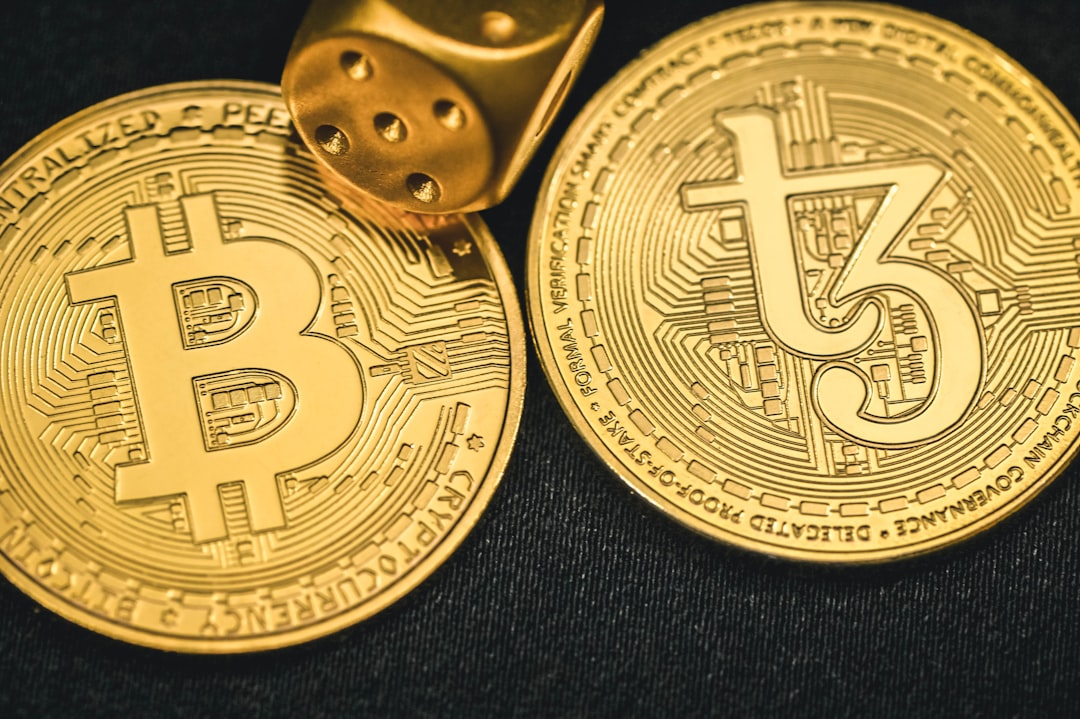In the ever-evolving world of cryptocurrency and decentralized finance (DeFi), numerous projects aim to revolutionize how we think about financial systems, governance, and cross-border transactions. Among them is Sora, a unique blockchain-driven initiative that is not just another decentralized currency but a fully functional network designed to empower a truly decentralized global economy. As governments and central banks grapple with the implications of digital assets, Sora is forging a new path—one where communities, not institutions, take charge of financial infrastructure.
What Is Sora Crypto?
The Sora network is a decentralized economic system built on a substrate-based blockchain. Developed by the Sora community in collaboration with the Soramitsu Company, the project’s goal is to create a supranational, decentralized infrastructure that fosters both economic inclusion and innovation. Sora introduces a unique model of decentralized governance combined with a novel economic system, aiming to optimize capital allocation and support productive projects around the world.
At the heart of the Sora ecosystem is the XOR token—used to pay for network fees, on-chain purchases, and liquidity provision. Unlike conventional cryptocurrencies that often rely on market speculation, Sora’s economic instruments are designed to focus on value creation within the ecosystem itself.

How Sora Differs from Other Crypto Platforms
Sora sets itself apart from other DeFi ecosystems through the following key aspects:
- Decentralized Governance: Sora operates on a democratic economic model. Community members propose and vote on projects to be funded using XOR tokens. This structure ensures a fair and transparent decision-making process.
- On-Chain Democratic Allocation: Funds aren’t allocated through mining or staking alone but are granted based on community consensus. This approach encourages transparency, merit-based funding, and collaborative development.
- Polkadot Integration: Sora has been designed to serve as a parachain on the Polkadot network, enhancing interoperability and the ability to interact with multiple blockchains seamlessly.
- Focus on Real-World Impact: From digital identity to supply chain management and DeFi lending platforms, Sora aims to fund innovations that have tangible benefits to communities worldwide.
Sora’s Role in the Future of Decentralized Finance
Sora is reshaping the traditional financial landscape in many transformative ways. Here’s how it’s impacting the future of DeFi:
1. Empowering Global Economic Participation
One of Sora’s most revolutionary promises lies in its commitment to allow anyone, anywhere, to propose and request funding for impactful projects. This democratizes access to financial capital, removing the historical barriers imposed by centralized banking systems.
2. Interoperability as a Priority
The coming together of Sora and the Polkadot ecosystem is more than just a technical integration—it’s a strategic initiative to create a borderless platform for value exchange. This ensures that assets and smart contracts can move freely between Sora and other blockchains, enhancing both accessibility and user experience.

3. Economic Stability Through Algorithmic Design
Sora employs an algorithmic mechanism through bonding curves to manage the issuance and value of the XOR token. By adjusting supply in response to demand, Sora attempts to create a more stable and sustainable economic model compared to the volatile nature of other crypto tokens.
4. Transparency at Its Core
All transactions, proposals, and decisions within the Sora ecosystem are recorded on-chain, allowing community members to audit and verify activities in real time. This level of transparency builds trust and sets a gold standard for accountability in financial systems driven by decentralized governance.
The Tokenomics of Sora
The Sora project revolves around the XOR token, but it also incorporates other tokens such as PSWAP (used for liquidity rewards within the Polkaswap DEX) and VAL (used for governance). Here’s how the Sora ecosystem’s tokens work together:
- XOR: The primary token used for transactions, governance participation, and capital allocation proposals.
- PSWAP: Used to reward participants who provide liquidity to the Polkaswap exchange, an integral part of the Sora network.
- VAL: Holds governance responsibilities, enabling holders to influence protocol-level decisions and vote on funding proposals.
In contrast to heavily mined cryptocurrencies that often drain environmental resources, Sora’s token distribution is managed through smart contracts to ensure both efficiency and sustainability.
Applications Beyond DeFi
While many crypto projects narrowly focus on financial gains, Sora takes a holistic approach to economic transformation. It supports a wide range of use cases:
- Identity Management: Through partnerships, Sora intends to support decentralized identity frameworks that can streamline KYC processes and enhance privacy.
- Supply Chain Transparency: Immutable blockchain records can track goods, verify authenticity, and reduce fraud in global trade.
- Healthcare Financing: Community-led health initiatives can get funded through Sora’s democratic proposal system.

Challenges and Future Outlook
No DeFi project is without challenges, and Sora is no exception. From maintaining sufficient liquidity in its decentralized exchange to driving widespread user adoption, several hurdles remain. Moreover, regulatory uncertainty poses potential risks to the broader implementation of blockchain-based financial systems.
However, with its strong foundation and ambitious roadmap, Sora continues to expand its impact. Its unique blend of decentralized economic policy, technical innovation, and social empowerment positions it as a project with long-term relevance in the crypto landscape.
Conclusion
In a world increasingly characterized by digital transformation and a push for financial inclusivity, Sora emerges as an extraordinary candidate to lead the next wave of DeFi innovation. With its emphasis on community governance, direct participation, and economic fairness, the Sora crypto network is not just shaping the future of decentralized finance—it’s defining it.
Frequently Asked Questions (FAQ)
-
What is the XOR token used for?
XOR is primarily used for transaction fees within the Sora network, for governance proposals, and for purchasing goods and services in its economic system. -
Is Sora a part of the Polkadot ecosystem?
Yes, Sora is designed to work as a parachain on the Polkadot network, enhancing its interconnectivity with other blockchains. -
How does Sora handle governance?
Through a decentralized proposal and voting system where community members use XOR and VAL tokens to propose and approve funding and development decisions. -
What is Polkaswap?
Polkaswap is a decentralized exchange (DEX) within the Sora ecosystem that facilitates cross-chain token swaps and rewards liquidity providers with PSWAP tokens. -
Can anyone propose a project on Sora?
Yes. Anyone holding XOR can propose a project and submit it to the community for a vote. If the proposal is approved, the proposer receives funding from the network’s reserves.